by Beth Ann Koelsch
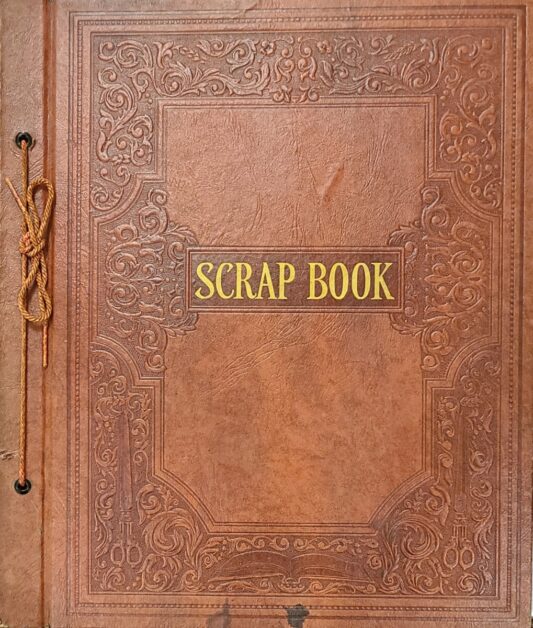
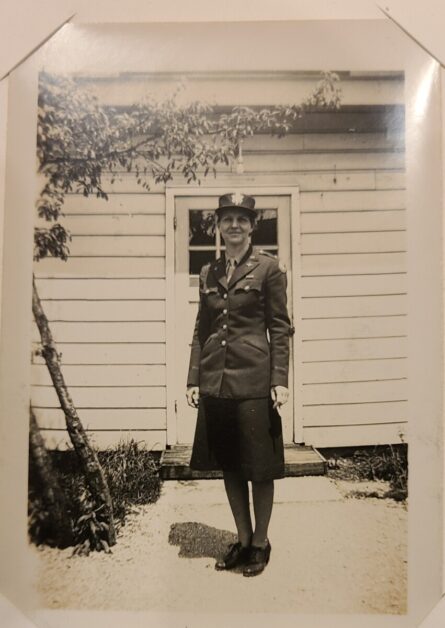
Scrapbooks can often be very fragile, especially if the pages themselves are brittle. Many scrapbooks are filled with uncaptioned photographs and other materials such as programs, postcards, clippings, greeting cards, and ticket stubs. The lack of contextual information makes it challenging to understand the “story” of the creator, especially if we have no other sources of information about the creator such as an accompanying oral history. The Pauline Palmer scrapbook is unusual in that it is primarily made up of newspaper and magazine clippings and almost reads as a straight-forward narrative of Palmer’s military experiences.
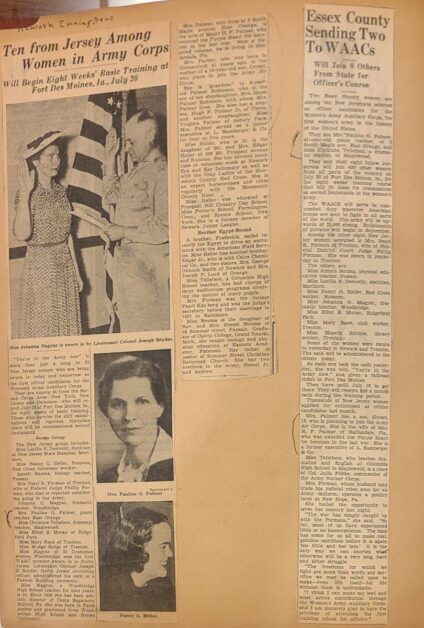
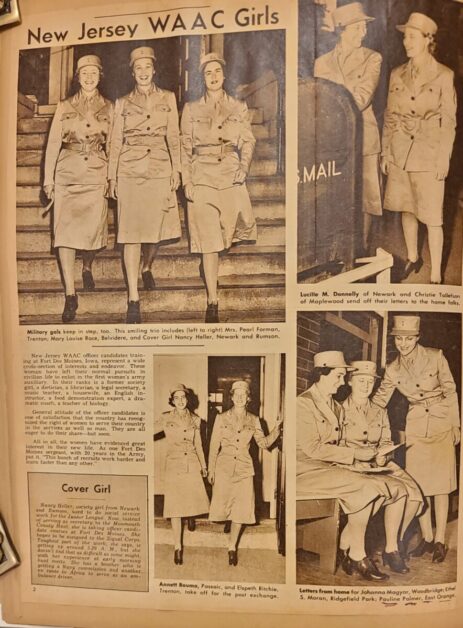
Pauline G. Palmer (1901-1952), from Meriden, Connecticut and East Orange, New Jersey, was a 41-year-old music teacher when she joined the U.S. Women’s Army Auxiliary Corps (WAAC). Unlike most women who joined the U.S. military during World War II, she was married (to a disabled World War I veteran) and had a son. The Women’s Army Corps was the women’s branch of the United States Army. It was created as an auxiliary unit, the Women’s Army Auxiliary Corps on 15 May 1942 and became an official part of the military in July 1943 as the Women’s Army Corps (WAC.) On July 9, 1942, 47 women were sworn in as the first officer candidates in the Women’s Army Auxiliary Corps. Pauline Palmer was one of the 3,515 initial applicants and one of the few selected. Eleven days later she was part of the first group of women to begin training in the WAAC at Fort Des Moines, Iowa. In November 1942 she was transferred to the new WAAC training facility at Daytona Beach, Florida. There she was named company commander in charge of a group of around 200 new recruits. In 1944 Palmer was promoted to Captain and in 1946 she was Commanding Officer for a WAC squadron as part of the 78th Army Air Forces Base Unit. She was also vetted for work in cryptography. According to the correspondence included in the collection, Palmer’s post-war life was difficult and she died in a car accident under suspicious circumstances in December 1952.
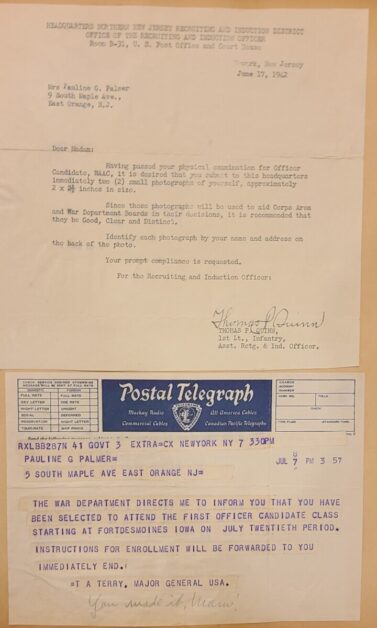
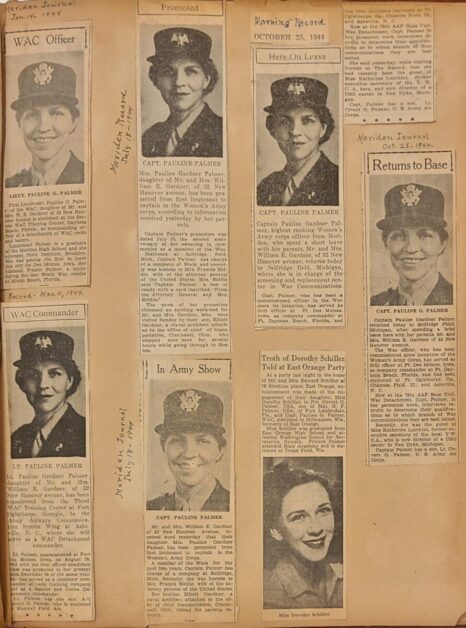
Her scrapbook documents Palmer’s experience in the WAAC and WAC and includes photographs, newspaper clippings and correspondence. Correspondence in the scrapbook includes a letter from the Northern New Jersey Recruiting and Induction District regarding her selection as well as the telegram from Major General T.A. Terry informing her of her acceptance into the first officer candidate class. Ephemera in the scrapbook include WAAC-related invitations as well as a strip of typescript assigning Palmer her squad, bed and wall locker when she arrived at Fort Des Moines, Iowa.
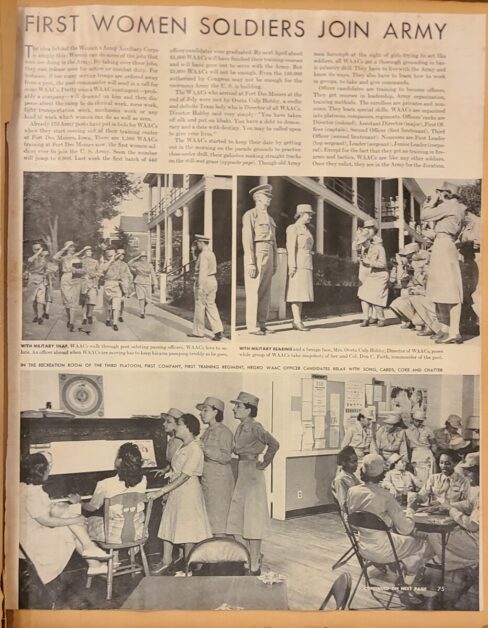
In addition to Palmer-specific information, the scrapbook also includes magazine clippings, one of which includes a photo of African American WAACS.